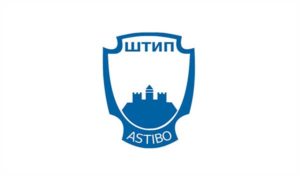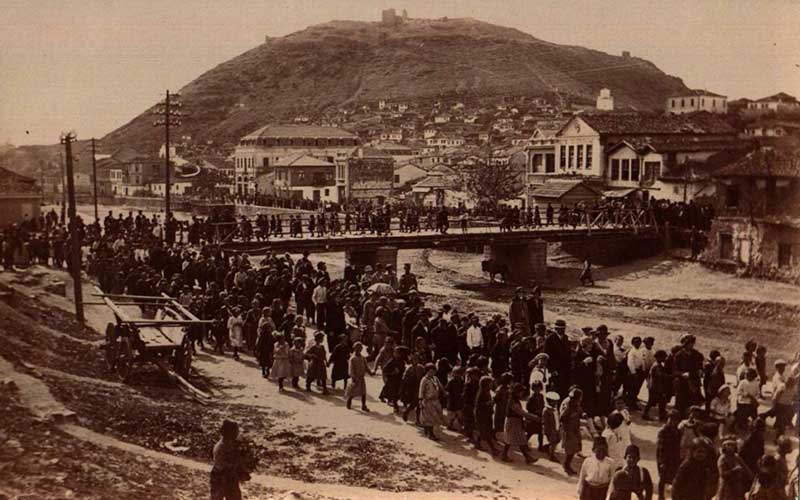Stip is a significant cultural, educational, and economic center in east Macedonia. The textile and fashion industries are located in this town of 51,947 (1991).
A few kilometers from the town is the classical site of Astibo. During history, this name has been mentioned for the first time by antique historiographer Polien, in the 3rd century B.C., who brings it in connection with the river where Paeonic emperors were crowned. It is presumed that this is river Bregalnica of today. Towards the end of the 4th century, a very important roman settlement has been designated as Astibo, also mentioned in the map of Poytinger as the second station along the Stobi-Pautalia road.
Another important classical site is the late Roman town of Bargala, situated where the Kozjachka River joins the Bregalnica River, par of the province of Mediterranean Dacia. In the 4th and 5th century A.D. Bargala grew into a cultural and ecclesiastical center covering nearly five hectares and surrounded by 2.20 meter (7 feet and 3 inches) thick walls. The early Christian complex consists of few basilicas and the bishop’s residence. The name of the town is mentioned for the first time in 451 A.D. in the lists of the Chalcedonian Council, where the Episcope Dardanius of Bargala placed his signature immediately after that of Episcope Nicolas of Stobi, both of them mentioned among a group of episcopes from Macedonia.
In the middle ages Shtip was again an important ecclesiastical and military center. An old fortress is situated on the hill of Isar in the center of the town is the most important historical site of the middle ages.
A legend states that fortress was built by King Marko. However, Marko’s sister Maria built at the same time a road and bridge across the canyon of Bregalnica, which she believed to be more useful for the local people than the fortress would ever be. And Maria was right: the fortress lasted only briefly, while her road and bridge proved to be much more useful for the local people. The legend goes on to say that the locals sung a song praising Maria whenever they passed the road through the canyon that she built.
There are also numerous churches from the middle ages in Stip and its surroundings. St.George’s church in Kozjak, near Stip , was constructed in the late 9th, early 10th century, and is the oldest church in this area. The Church of St. Arhangel was build in 1332, and is the oldest church in Stip . The churches Sveti Spas and Sveta Bogorodica also date from the 14th century. The old Turkish covered market (the Bezisten) in the town’s center houses the Art Gallery, and in the Church of Holy Virgin in Novo Selo there is a permanent exhibition of icons. It was in the yard of this church where at the end of the 19th century, Goce Delcev, the ideologist of the Macedonian national liberation movement was teaching.
Outside of Stip , on the way to Kriva Palanka is the Monastery of St. Jovan Osogovski, which hosts each year the Summer School of Architecture.
The first known opera performance in Macedonia was held in Stip in 1925. Today, a festival of popular music “Mak-Fest” is held here each year.
Near Astibo and Bargala is the Kezovica Spa with its medical mineral springs (62C degrees).
Current weather in Stip

Virtual Macedonia
Republic of Macedonia Home Page
Here at Virtual Macedonia, we love everything about our country, Republic of Macedonia. We focus on topics relating to travel to Macedonia, Macedonian history, Macedonian Language, Macedonian Culture. Our goal is to help people learn more about the "Jewel of the Balkans- Macedonia" - See more at our About Us page.
Leave a comment || Signup for email || Facebook |
History || Culture || Travel || Politics


















